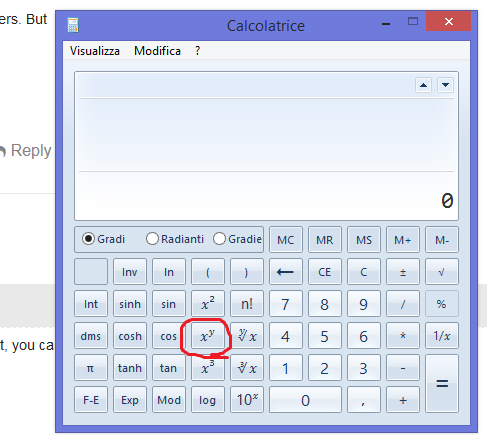@Sputnki,
Thanks for this, am mostly trying to wrap my head around the comments pertaining to both Bit Shifting, Fixed Point math and Normal range.. The idea is quite new to me so I am looking for a way to visualize it.
Your comment,
"In practice, to do fixed point math with the mathematical 1 corresponding to digital (1<<27) we have to increase the magnitude of our two numbers by 5."
So from what I have worked out so far please correct me if I am wrong, the shift of 27 bit (1<<27) represents something like 1.00000000 with all the zero's representing potential fixed decimal point value from what I think I have worked out is to 8 decimal points. And the rest of the bits 27 to 32 represents the values 1 to 64 giving the normal range number format hence the need to increase the calculating values by a magnitude of 5 over (1<<27) to get to 32. ?



